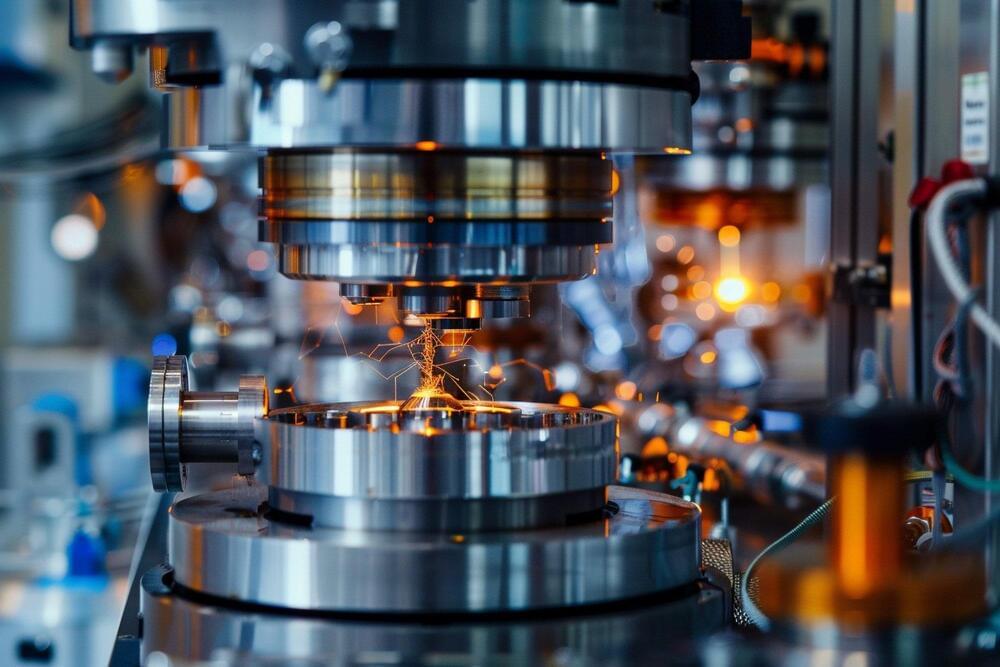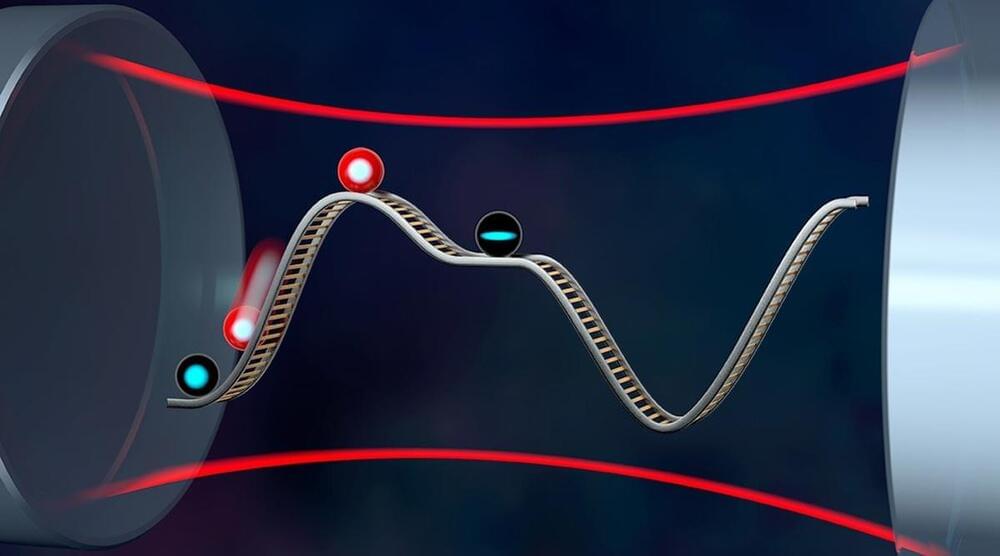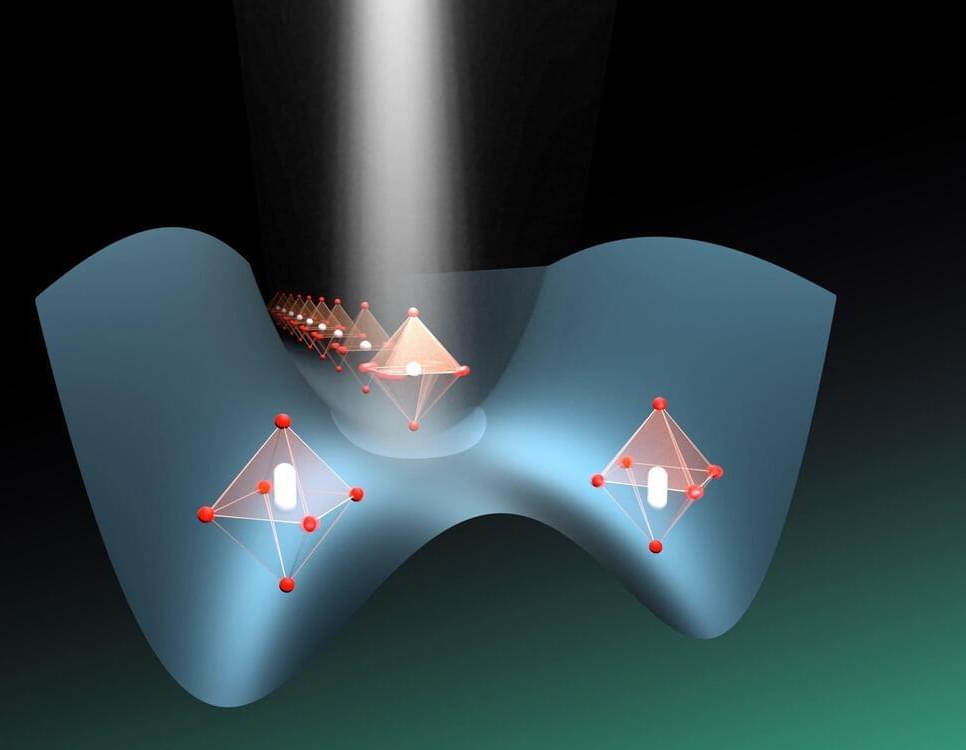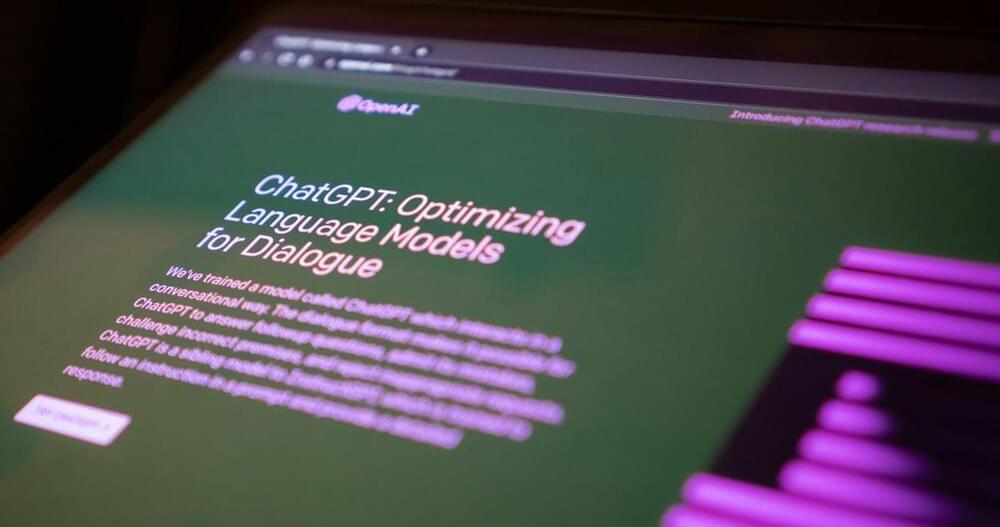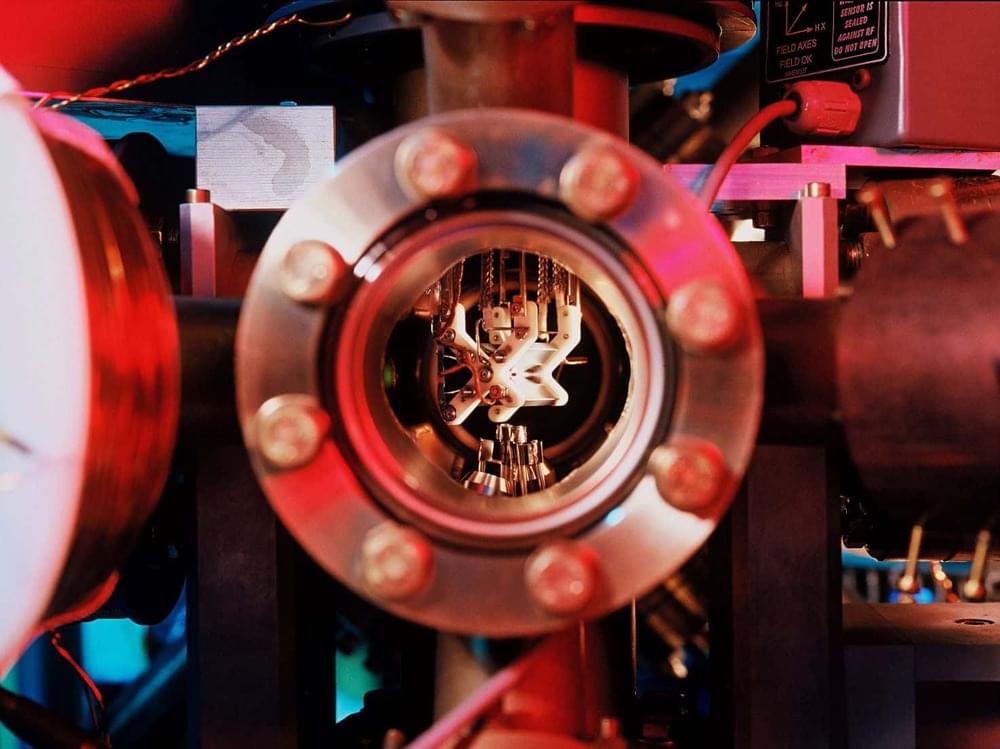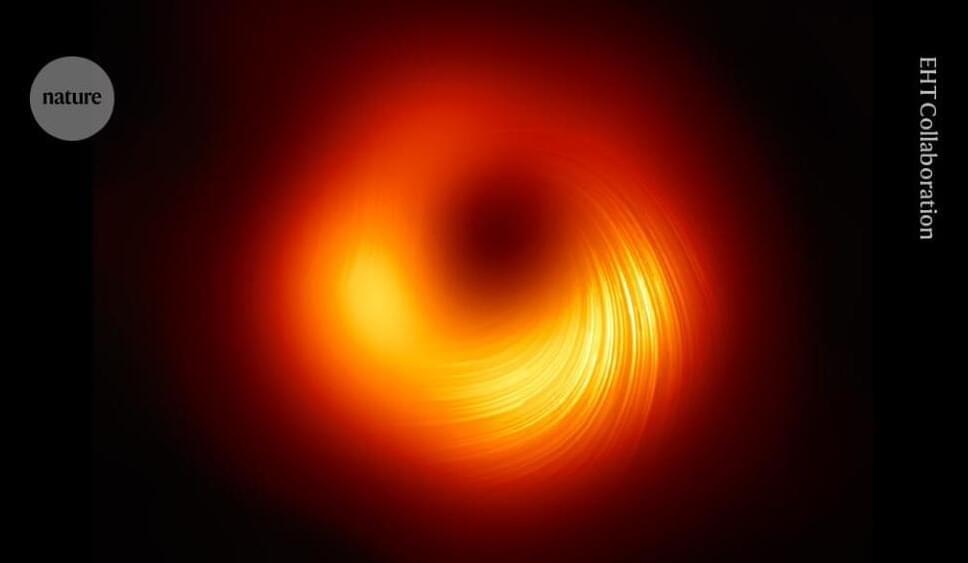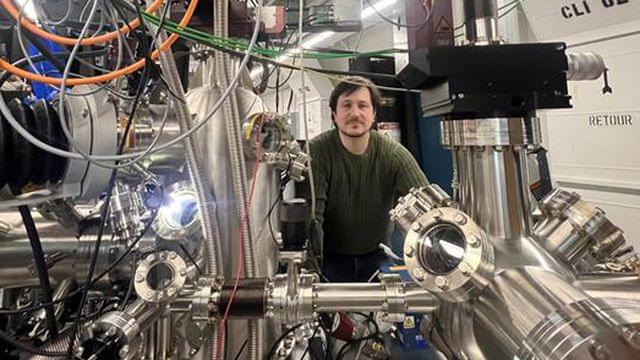Mar 17, 2024
Quantum Leap in Material Science: Researchers Unveil AI-Powered Atomic Fabrication Technique
Posted by Saúl Morales Rodriguéz in categories: chemistry, particle physics, quantum physics, robotics/AI, science
Researchers at the National University of Singapore (NUS) have developed an innovative method for creating carbon-based quantum materials atom by atom. This method combines the use of scanning probe microscopy with advanced deep neural networks. The achievement underlines the capabilities of artificial intelligence (AI) in manipulating materials at the sub-angstrom level, offering significant advantages for basic science and potential future uses.
Open-shell magnetic nanographenes represent a technologically appealing class of new carbon-based quantum materials, which host robust π-spin centers and non-trivial collective quantum magnetism. These properties are crucial for developing high-speed electronic devices at the molecular level and creating quantum bits, the building blocks of quantum computers.
